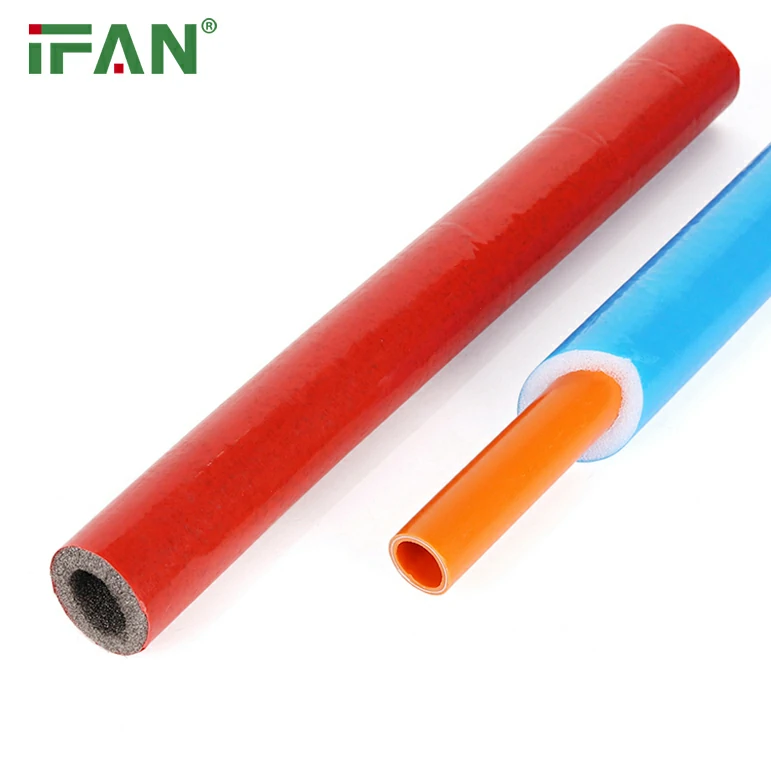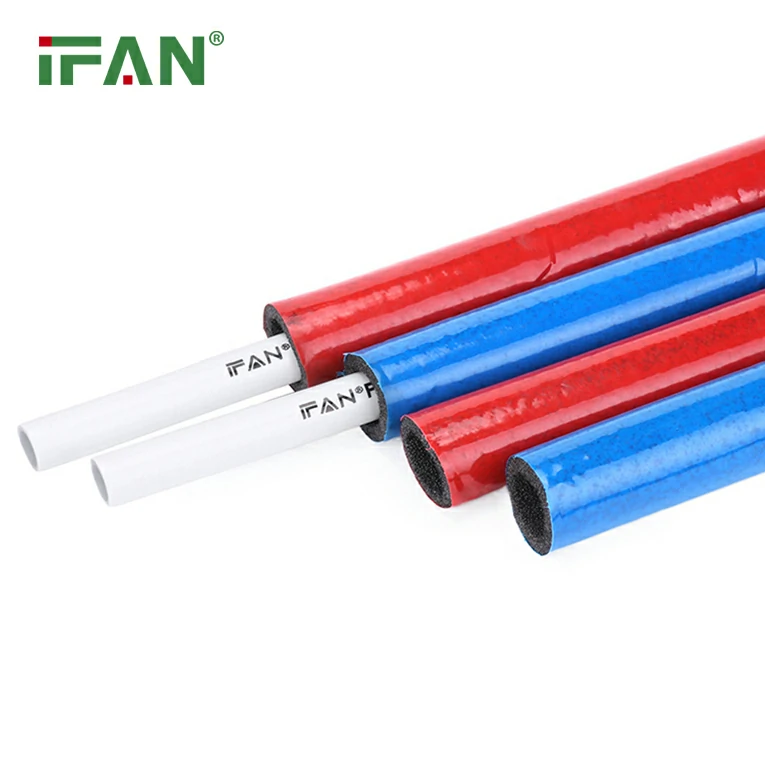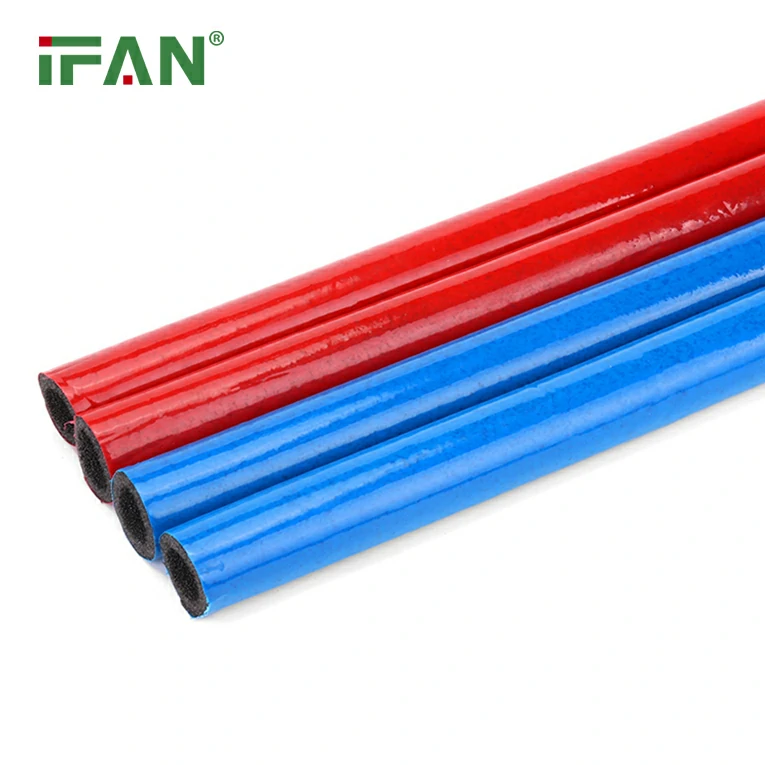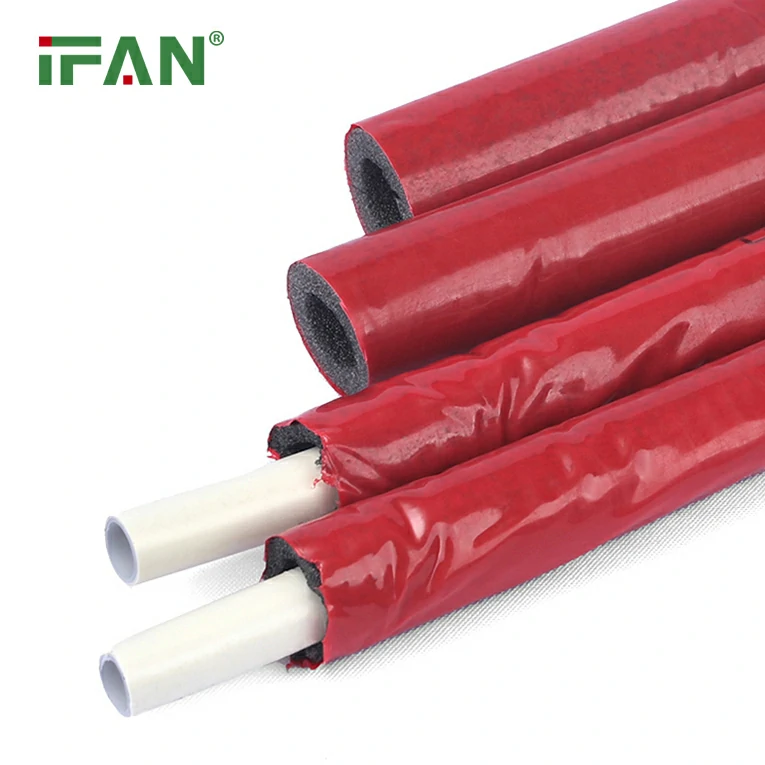The development of modern buildings has transformed urban skylines across the United States. Among these architectural marvels, the tallest building west of the Mississippi River stands out as a true testament to innovation and engineering. Located in downtown Kansas City, Missouri, the One Kansas City Place is not just an impressive structure but also a prime example of the benefits of using PEX pipe in large-scale construction projects. This article will explore how PEX piping technology plays a crucial role in the functionality, efficiency, and longevity of this iconic skyscraper.

Table of Contents:
- What is PEX Pipe?
- Why PEX Pipe is Ideal for Large-Scale Construction Projects
- PEX Pipe in One Kansas City Place: A Game-Changer
- Benefits of Using PEX Pipe in High-Rise Buildings
- How PEX Pipe Enhances Sustainability and Efficiency
- The Future of PEX Pipe in Urban Architecture
- Frequently Asked Questions (FAQs)
What is PEX Pipe?
PEX (cross-linked polyethylene) pipe is a type of flexible plastic piping made from high-density polyethylene that has undergone a cross-linking process, giving it increased strength and flexibility. It is widely used for residential plumbing, radiant heating, and even in commercial and industrial installations. Unlike traditional metal pipes, PEX is highly resistant to corrosion, scale, and freezing, making it a preferred choice for a wide variety of applications.
Key Features of PEX Pipe:
- Flexibility: PEX can bend easily without requiring additional fittings, which is a major advantage in tight spaces.
- Corrosion Resistance: Unlike metal pipes, PEX does not rust or corrode over time, ensuring that the water remains clean and safe to use.
- Ease of Installation: PEX is lightweight and easier to handle, requiring fewer tools and less labor for installation.
- Durability: PEX can handle both high and low temperatures, making it versatile for a wide range of climates and applications.
Why PEX Pipe is Ideal for Large-Scale Construction Projects
PEX pipe’s unique properties make it an ideal material for large-scale construction projects such as One Kansas City Place, which is the tallest building in Missouri and stands at 624 feet (190 meters) tall. The building is a 42-story office and residential skyscraper, and its complex plumbing and HVAC systems require materials that are both durable and efficient. PEX offers several key benefits that are critical for high-rise construction.
Advantages of PEX for High-Rise Buildings:
- Flexible Design: PEX tubing can be easily routed around obstacles and sharp corners, which is essential for complex, multi-story buildings with intricate plumbing layouts.
- Fast Installation: Unlike rigid materials like copper or PVC, PEX is lightweight and flexible, allowing for faster installation times and reducing labor costs.
- Reduced Leak Potential: PEX’s ability to expand and contract reduces the likelihood of burst pipes due to pressure fluctuations, a common issue in high-rise buildings where water pressure can vary greatly.
- Cost-Effective: PEX is generally less expensive than other piping materials, making it a budget-friendly choice for large buildings without compromising on performance.
- Low Maintenance: PEX’s resistance to corrosion and scale buildup means that once installed, it requires very little maintenance, saving time and money for property owners and managers.
PEX Pipe in One Kansas City Place: A Game-Changer
One Kansas City Place’s adoption of PEX pipe revolutionized how the building’s plumbing systems were designed and installed. The building’s plumbing, heating, and cooling systems rely heavily on the benefits of PEX to maintain the functionality and efficiency of the structure.
Plumbing Systems
For high-rise buildings like One Kansas City Place, the water distribution system is highly complex. The plumbing system must handle thousands of gallons of water daily, with multiple pressure zones. PEX pipe is perfect for these types of installations because it can withstand fluctuations in water pressure, is resistant to scaling, and provides a long lifespan. It is also less likely to burst in freezing conditions, making it ideal for the varying temperatures experienced in large urban buildings.
Radiant Heating
One Kansas City Place also utilizes radiant heating, which involves running warm water through PEX tubing embedded in floors, ceilings, or walls. Radiant heating is an efficient method of temperature control, and PEX pipe is well-suited for this application due to its flexibility and resistance to temperature fluctuations. The use of PEX in radiant heating systems ensures that residents and tenants in the building enjoy consistent and comfortable temperatures year-round.
Fire Sprinkler Systems
The building also benefits from PEX in its fire suppression system. PEX tubing can be used in fire sprinkler systems because it is fire-resistant and durable enough to withstand extreme temperatures. Additionally, PEX’s ability to expand without bursting makes it a safer choice in fire situations, providing an added layer of protection for the building’s occupants.
Benefits of Using PEX Pipe in High-Rise Buildings
PEX pipe has numerous advantages when it comes to high-rise buildings. These benefits go beyond just plumbing and extend to other systems such as heating, cooling, and fire protection. Let’s dive deeper into how PEX can benefit tall structures.
1. Enhanced Durability
PEX pipe is highly durable and resistant to common plumbing issues such as rust, scale buildup, and cracking. This longevity is critical in high-rise buildings where the plumbing system must function for decades without requiring frequent repairs or replacements.
2. Water Efficiency
PEX systems can be designed to optimize water flow, reducing water waste. PEX’s ability to handle both hot and cold water applications efficiently also contributes to overall water conservation, making it an eco-friendly option for large buildings.
3. Sustainability
Using PEX piping helps contribute to a building’s sustainability efforts. Since PEX is a more environmentally friendly alternative to copper or steel pipes, it reduces the carbon footprint associated with building construction. Additionally, PEX’s energy-efficient properties in heating systems make it a key player in green building design.
4. Noise Reduction
Unlike metal pipes, which can create water hammer noises or vibrations, PEX tubing is quiet. This is especially important in multi-story buildings, where noise from the plumbing system can travel through walls and floors. PEX’s flexibility allows it to absorb vibrations and reduce noise.
5. Reduced Risk of Freezing
In cold climates, the risk of frozen pipes is a serious concern. However, PEX pipe is designed to expand when frozen and will return to its original shape once thawed. This feature is especially beneficial in tall buildings where water is distributed over several floors, each with different temperature conditions.
How PEX Pipe Enhances Sustainability and Efficiency
As sustainability becomes increasingly important in modern construction, PEX pipe offers an ideal solution for eco-conscious builders. Here’s how PEX contributes to both sustainability and efficiency in a high-rise building like One Kansas City Place:
1. Energy Efficiency
PEX’s ability to distribute heat evenly through radiant heating systems improves energy efficiency. Because radiant heating is more efficient than traditional forced-air heating, it leads to lower energy consumption and reduced utility bills.
2. Lower Maintenance Costs
PEX pipe’s resistance to corrosion and scale buildup reduces maintenance costs over time. This is a significant benefit in high-rise buildings, where maintenance can be costly and time-consuming.
3. Reduced Water Waste
PEX’s flexible design allows for more precise installation, ensuring that water flows only where it’s needed. This reduces water waste, contributing to the building’s sustainability goals.
4. Recyclability
PEX pipe is fully recyclable, which helps minimize its environmental impact once it reaches the end of its life cycle. This contributes to a greener building design, making it a sustainable option for both new construction and renovation projects.
The Future of PEX Pipe in Urban Architecture
As cities continue to grow and vertical construction becomes more prevalent, PEX pipe is poised to become even more integral in shaping the future of urban architecture. Its versatility, sustainability, and ease of installation make it a top choice for high-rise buildings and other complex urban developments.
The advantages of PEX extend beyond just plumbing systems; it will continue to be used in radiant heating, cooling, fire suppression systems, and more. With increasing pressure to build more sustainable and energy-efficient structures, PEX offers a solution that can help reduce the environmental impact of construction projects while still delivering superior performance.
Frequently Asked Questions (FAQs)
1. Why is PEX pipe used in high-rise buildings?
PEX pipe is used in high-rise buildings due to its flexibility, durability, resistance to corrosion, and ability to handle fluctuations in water pressure. It also speeds up installation and reduces labor costs.
2. What are the advantages of PEX over copper or PVC pipes?
PEX is more flexible, easier to install, resistant to freezing, and requires less maintenance than copper or PVC pipes. It is also more cost-effective for large installations.
3. Can PEX pipe be used for both hot and cold water systems?
Yes, PEX is suitable for both hot and cold water systems. It can withstand temperatures from freezing to hot water, making it versatile for various applications.
4. Is PEX pipe durable in high-rise buildings?
Yes, PEX pipe is highly durable. It resists corrosion, scaling, and freezing, which makes it ideal for high-rise buildings where the plumbing system must last for decades without frequent repairs.
5. How does PEX contribute to sustainability in building projects?
PEX contributes to sustainability by reducing water waste, improving energy efficiency through radiant heating, and being fully recyclable at the end of its life cycle.






